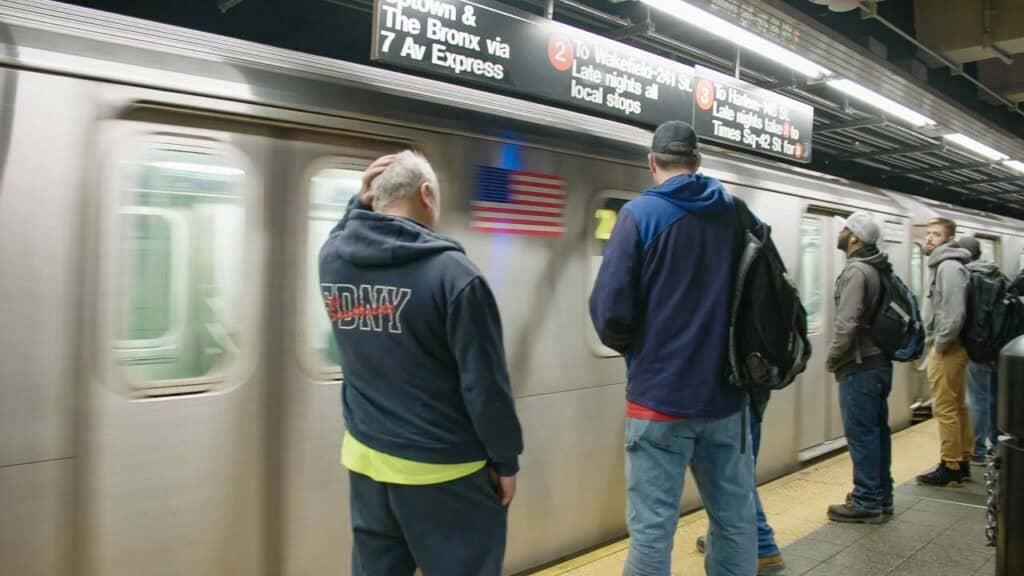Over the centuries, New York City has evolved into a global economic and cultural powerhouse, fueled by waves of immigration, trade, and innovation. From its humble beginnings as a Dutch trading outpost to its status today as one of the most influential cities in the world, New York’s history is a testament to the resilience, diversity, and dynamism that define the American experience. However, the reality of life in the late 19th century was far from the glamorous image associated with the Big Apple today. Rapid urbanization transformed the cityscape, leading to overcrowded streets filled with horse-drawn carriages and sidewalks laden with manure, resulting in an increasingly unhealthy environment with the constant threat of disease.
The pressing need for a remedy to the city’s burgeoning congestion and pollution spurred the inception of the subway system in the early 20th century. Starting with steam-powered elevated railways traversing the streets, the subway evolved into the expansive underground network. Further transformation came with the introduction of new technology, including electric-powered trains and the construction of extensive underground tunnels. These innovations revolutionized urban transit, offering a swift, efficient, and dependable means of moving millions of people daily. In the end, what started as a solution to the city’s congestion and pollution evolved into an iconic emblem of urban life, seamlessly connecting diverse neighborhoods and fueling the vibrant energy that defines the Big Apple today.
The subway alleviated street congestion with ease, but like most solutions it also introduced new challenges, including noisy steam-powered trains and emissions that added to the city’s pollution. Thankfully, these obstacles were overcome in a short time with the advent of the modern subway system. These new, underground tunnels and electric-powered trains offered a cleaner, more efficient way to move people around the city. The electrification of the subway marked a significant shift in how energy was perceived, with electricity—sourced from various origins—becoming the lifeblood of the city’s transportation network.
Again, the transition to electric power, like the solutions before it, was not without its challenges. While it successfully addressed issues including smoke pollution from coal burning, it also led to a disconnect between people and the sources of their energy. With electricity flowing invisibly through wires, many became oblivious to their energy consumption. It’s essential to recognize that while electrification may make a system appear cleaner, the sustainability of the energy sources powering it is paramount. As we grapple with the environmental challenges of the 21st century, including climate change and air pollution, the origins of the energy used to power the subway system come under scrutiny.
Today, the modern subway system poses unique energy-related conflicts. The increasing demand for electricity, coupled with the need for sustainable energy sources, highlights the complex relationship between energy, transportation, and the environment. As we strive for decarbonization and a more sustainable future, it’s imperative that we address these challenges head-on, ensuring that our transportation systems not only move people efficiently but also minimize their impact on the environment. In doing so, we can continue to enjoy the benefits of a vibrant, interconnected world capital while preserving the planet for future generations.To delve deeper into the intricate relationship between urban infrastructure and sustainable energy, visit Resourcefulness. There, you’ll find a wealth of articles on water, energy, sustainability, and technology solutions that address the pressing challenges of our time. Additionally, don’t miss season two of Power Trip: The Story of Energy Season Two, which explores how energy innovation continues to shape our world. Join us in exploring these critical topics and discover how we can all contribute to a more sustainable future. Available on PBS, Prive Video and Apple TV.





